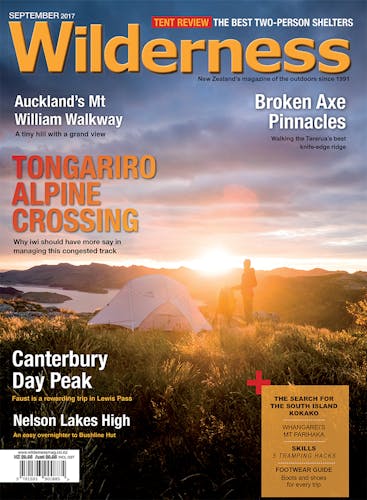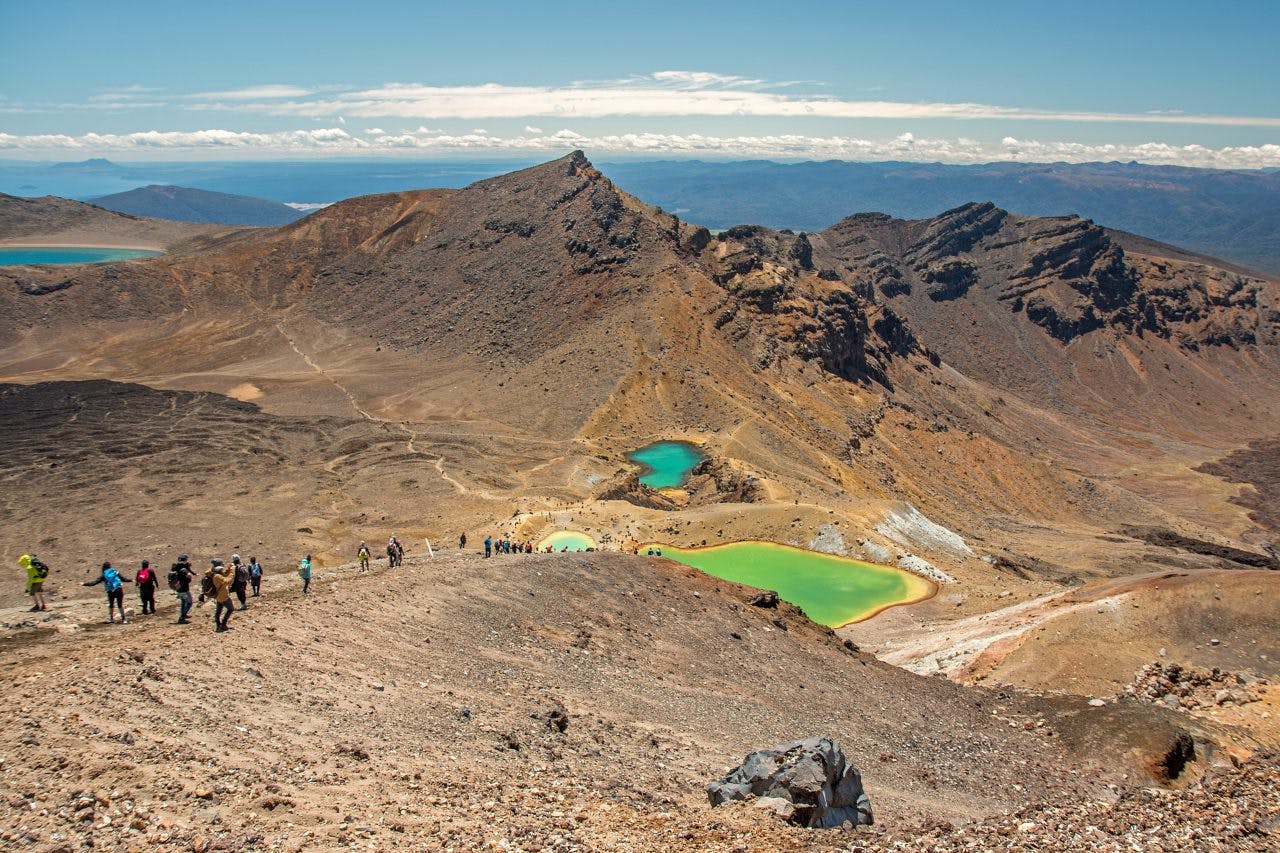The Tongariro Alpine Crossing is fast becoming the most congested, messiest, smelliest track in the country.
I wish that were an exaggeration, but when DOC rangers find 16 piles of human faeces in a two hour period, and local iwi spend two days carting away dozens of bin liners full of rubbish, it’s more of an understatement.
What has happened here? The proliferation of concessionaires dropping walkers off by the bus load at roughly the same time, doesn’t help. DOC is hamstrung: it’s not able to prevent people walking the track, so instead it tries to manage the problem by installing more toilets – perhaps the tramping equivalent of building more roads to prevent traffic congestion instead of encouraging people off the roads in the first place.
This coming summer, things do look like they will be better. More toilets and the idea – and it is only an idea – to stagger start times to reduce congestion.
But the best ideas are coming from local iwi, who not only want to see the congestion reduced, but also a cultural aspect introduced to walkers so they better understand the significance of the mountains and park to Maori. Sadly, this cultural significance is something few New Zealanders would understand, let alone foreign visitors. But as Te Ngaehe Wanikau, spokesman for local hapu Ngāti Hikairo, says in our feature ‘That’s Tongariro to us’ on p32, it’s akin to the significance places like Gallipoli have to most New Zealanders. It’s powerful, shared among many and deserving of the utmost respect.
I hope the ideas and comments made by Wanikau gain traction because to appreciate and accept the changes the track – and perhaps even the park – will hopefully be undergoing in the coming years, we need to first understand the the spiritual and cultural bonds that bind Ngāti Hikairo to the area.








